The birth of a baby has helped many people to consider more sustainable lifestyle choices. Next to organic baby food, nursery bedding and clothing appear to be the most popular organic choices. As it is relatively easy to create your own nursery bedding basics, its a great beginner project for a new sewer.
Puddle Pads & Mattress Toppers
A typical puddle pad dimension is 25″ x 30″ and a standard crib mattress is 27″ x 52″ (x6″ deep).
Organic, fulled wool is a perfect choice for mattress toppers as it is water repellent, yet naturally breathable barrier that discourages the growth of bacteria, mold and mildew. Organic wool puddle pads typically run about $45 US and mattress pads, $100 US, depending on the size. By comparison, purchasing the fabric for both, one fat 1/2 (30″ x 36″) yard for a puddle pad and 0.75 yards of organic fulled wool fabric for a mattress cover, is approximately $82.50 CDN. Trim the 0.75 yards of melton fabric to 27″ x 52″ to fit the top of the mattress. You can then just serge or zig zag to finish the edges of both the mattress and puddle pads – even though fulled wool is naturally resistant to fraying, I would still recommend this step.
Note: While 25″ x 30″ puddle pad is a standard size, I recommend a puddle pad that is the full length and width of the mattress (or .75 yards instead of a fat 1/2 yard). After 6 months, babies often ‘travel’ during sleep and leaks can happen all over the crib mattress surface.
If you prefer to make a traditional mattress cover, (that wraps around the mattress like a crib sheet), you will need 2 yards of lightweight muslin and 4.5 yards of 1/4″ elastic. Follow the directions below to make a crib sheet, then position the organic wool on the wrong side of the muslin and top stitch into place, 1/2″ inside of the fold lines of the muslin sheet shape.
crib sheets
materials
crib sheet
2 yards of lightweight to medium weight (if jersey) fabric at least 45″ wide
4.5 yards of 1/4 inch elastic
thread in coordinating colour
- Crib sheets require 2 yards of fabric, at least 43″ wide, pre-washed and pre-shrunk, trimmed to a rectangle of 68″ x 43″ – if your mattress is thicker than 6 ” or you prefer deeper sheet pockets, cut your rectangle 70″ x 45″ and adjust the square cut out size cut out to 8.5″. From each corner, cut out a 7.5″ (8.5″) square.
- Using a scant 3/8 inch seam, with right sides together, sew each adjacent corner together, overlapping at the top of the corner by 1/2″ (I would recommend reinforcing this seam by sewing it twice). Zig zag or serge seam to prevent fraying.
- Next fold over a double hem (to the wrong side of the fabric) of 1/2 inches and press. Leaving a 1 inch gap between start and finish (to allow for insertion of elastic, sew the hem in place by stitching close to the top edge of the hem.
- Secure a safety pin to the elastic and thread it through hem, sew the elastic ends to each other at the correct length to fit over mattress snuggly. Top stitch the 1 inch opening closed to complete the sheet.
tip: any soft, lightweight woven or jersey washable and natural fibre fabric can work for crib sheets, so as long as you have enough fabric to cut the 68″ x 43″ rectangle, you can also recycle or repurpose your current bed sheets into crib sheets – extras always come in handy!
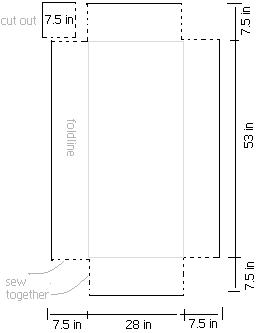
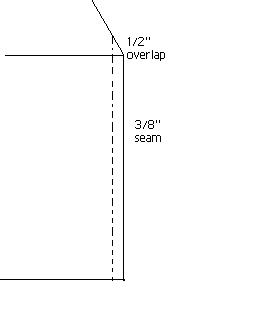
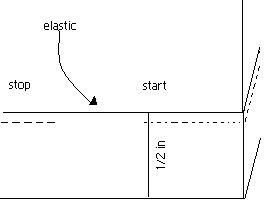
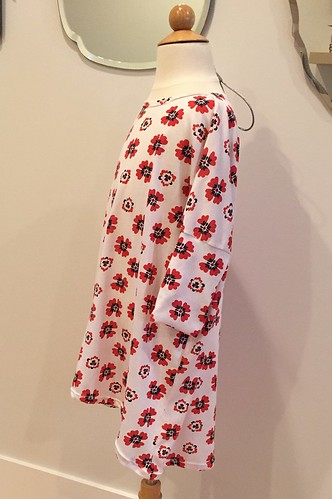
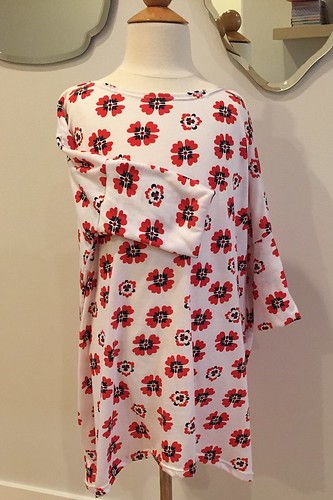

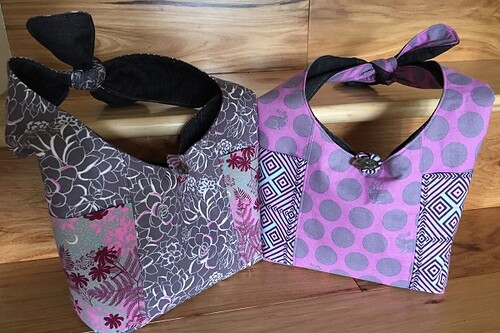



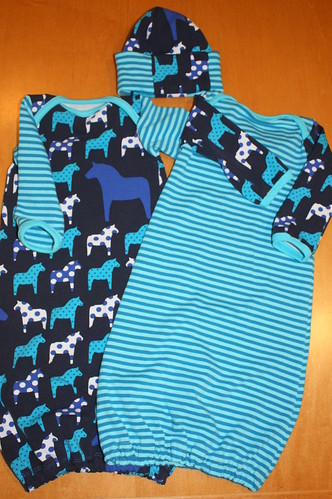


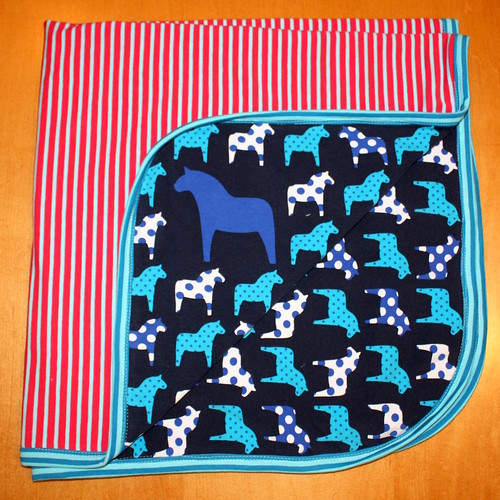



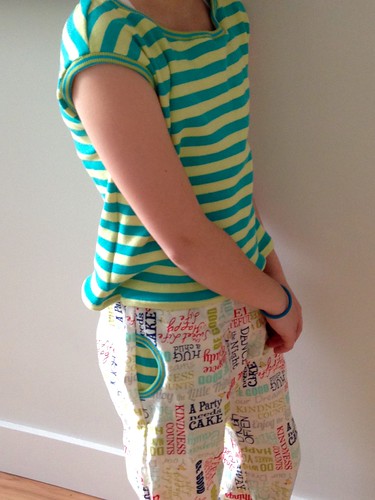


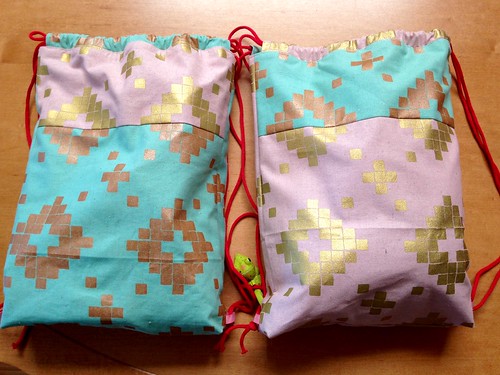








{ 0 comments… add one now }
You must log in to post a comment.